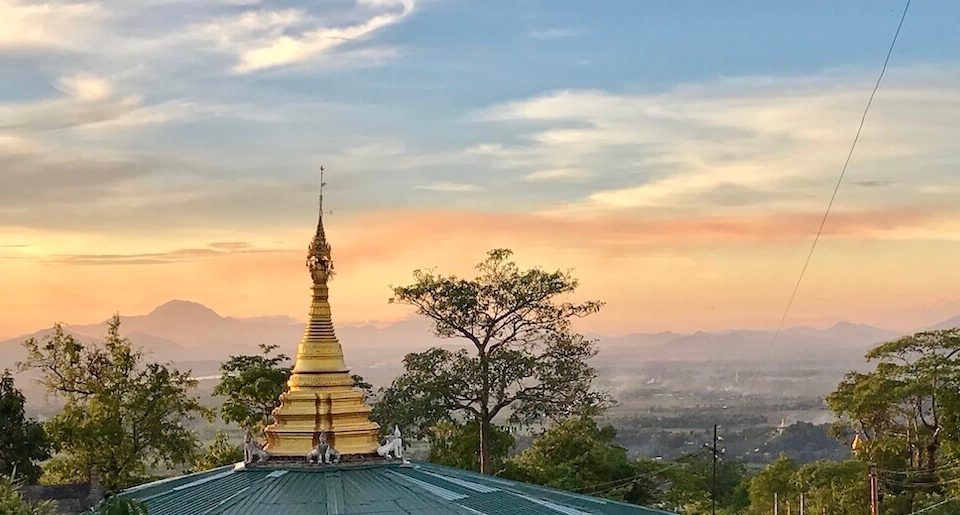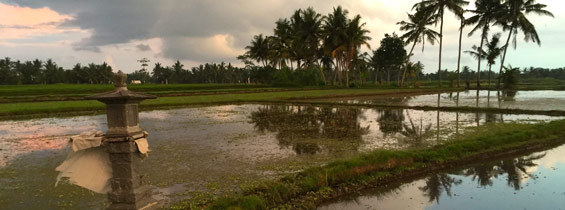The recent opening up of southern Myanmar means intrepid travelers can now venture south, where quaint trading towns are untouched by tourism and sandy beaches are local secrets, as Keith Lyons discovers.
For most visitors to Myanmar, a day or overnight trip to Kyaiktyo, better known as Golden Rock, is as far south as they go, with the top tourist attractions all upcountry. Yet in the narrow triangle that tapers to the country’s southern tip, there are dreamy landscapes of karst mountains and caves, along with deserted Andaman Sea golden-sand beaches, and historic towns and traditional processing settlements that have changed little since Kipling visited Burma a century ago. It is another world, and a more authentic Myanmar reveals itself in all its variety and unadorned charm.
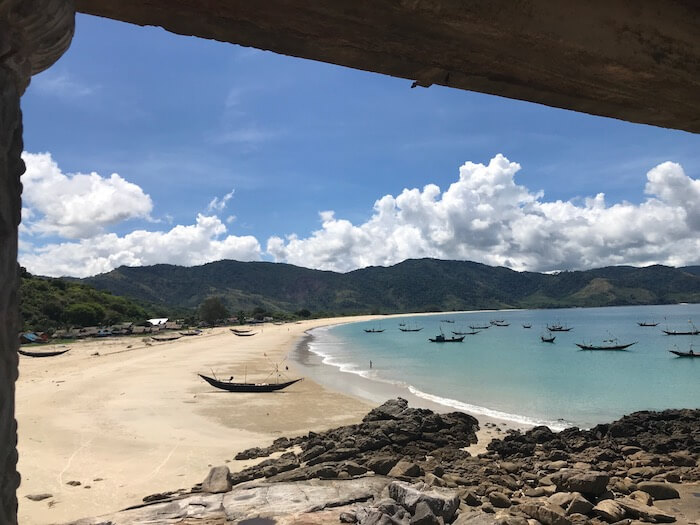
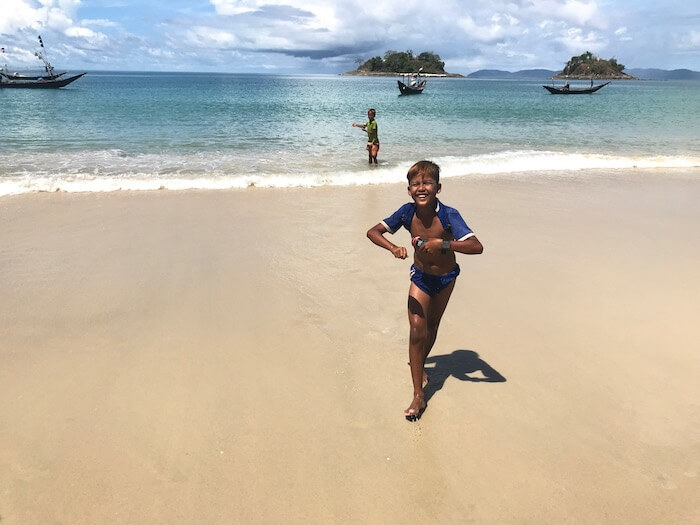
Out-of-bounds for foreigners up until recently, it was only in 2013 that land travel as far south as Myeik was possible, though permits were needed to go outside town limits, and flights were required to get to Kawthaung. Now most of Tanintharyi Division is open, including the road from Dawei via Myeik to Kawthaung, and the easing of travel restrictions, combined with opening of land and sea borders with Thailand, means that this is the new frontier for off-the-beaten-track travel in the country.
Coupled with tourism opening are improvements in the rail, road, and air infrastructure, with plans to extend the country’s slowest train line from Ye to Dawei onto Myeik, the upgrading of the sealed “highway” from Yangon 1,300km to Kawthaung, and seasonal flights hopping between the three southern towns. Independent travel — using public transport — is now possible, though hiring a local guide or exploring with a car (with air-conditioning) might be the best option.
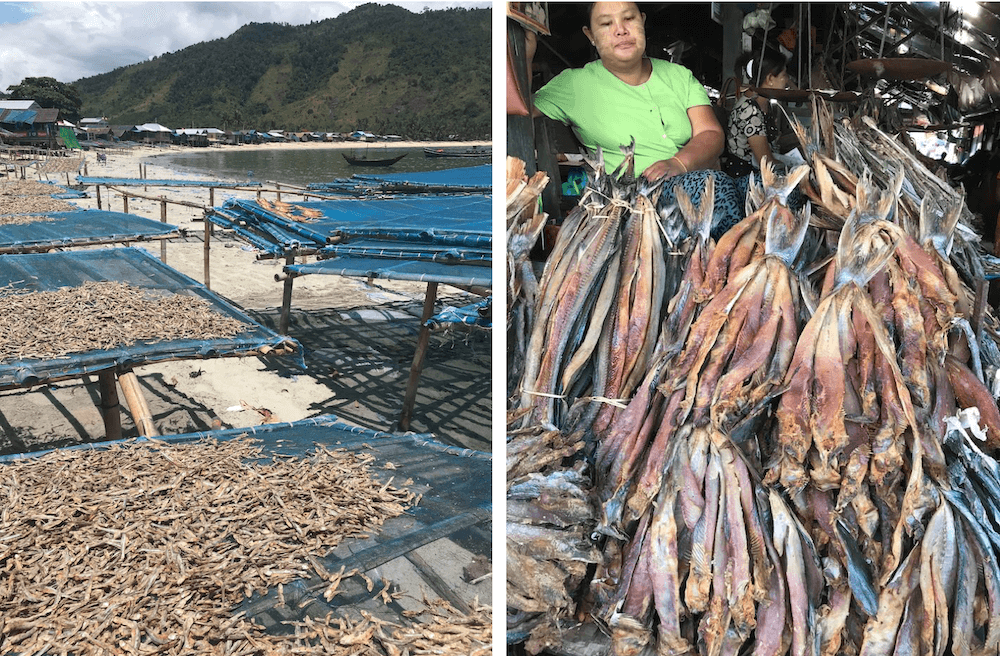
Even in previous “backwaters,” recent changes have made the region more easily accessible, such as the cable car up Kyaiktyo to the rock perched on a hillside, the paving of the dramatic Sadan cave and creation of a moat around Kyauk Ka Latt limestone formation near Hpa’an, and the new bridge linking Kipling’s “old Moulmein pagoda” and Mawlyamine with Bilu (Ogre) island, where pipes, chalkboards, rubber bands, walking sticks, and hats are made, old-style.

The south certainly delivers when it comes to both quirky sights and poignant reminders of the past. South of Mawlyamine, the main attraction is the world’s largest “freestanding” reclining Buddha image, Win Sein Taw Ya, 180m long, and adjacent, another “work-in-progress,” a large 50m-high seated Buddha. Further along, at the terminus of the infamous “Death Railway” in Thanbyuzayat, its museum tells stories of the suffering of Allied prisoners at the hands of the invading Japanese, while the War Cemetery commemorates those Commonwealth soldiers who lost their lives.



It is relatively peaceful in the south these days, despite the number of minorities, including Mon, Tavoyan, Burmese-Thai, and Karen ethnic groups, occupying different territories and economic predicaments.
The 300km from Mawlyamine to Dawei takes around six hours by car, cutting through jungle, rubber plantations, bamboo glades, and betel nut palms, so most travelers stop in the leafy, though scruffy, rivertown of Ye before leaving Mon state. From Ye, it is more cashew nut farms, palm oil plantations, coconut trees, and durian, snakefruit and pineapple farms. An hour south of Ye, Kabyar Wa beach is a low-key, long sandy beach, popular in the weekends and holidays, but otherwise largely deserted apart from sun umbrellas beach shacks serving cool drinks.

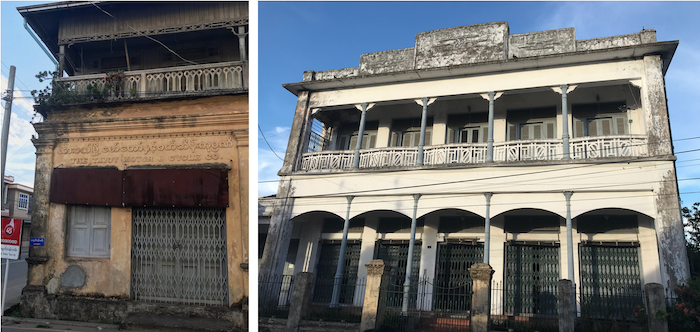
Surprisingly tidy, and relatively quiet, Dawei, formerly known as Tavoy, has a colonial architecture of merchant houses and stucco mansions, including a “Chinatown” street. As well as a center for processing the region’s fish, prawns, shrimps, crabs, rubber, and betel-nut, there are still some traditional crafts alive in back streets, including pottery and longgyi weaving. Fascinating to watch is the delicate and precise de-shelling, peeling and drying of cashew nuts, which will give you a new respect for the process and price.
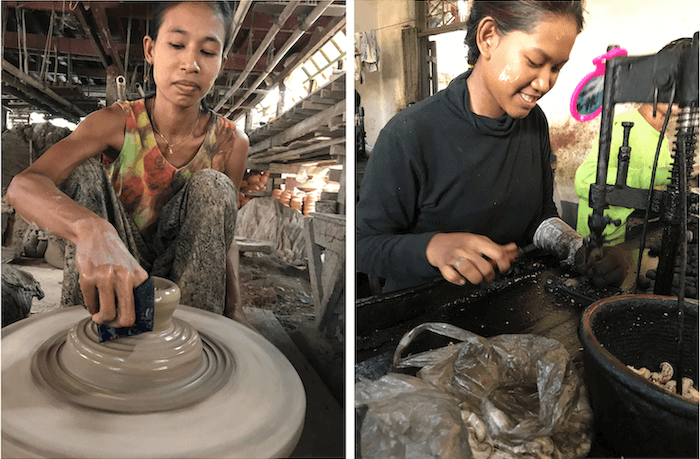
On the outskirts of Dawei, the heritage Hotel Dawei, now Thai-owned, and foreign-friendly The Mandolis, are good choices.
Early in the morning, locals and pilgrims make offerings at the gleaming Payagyi pagoda, before heading to the bustling local market, where a wide range of freshly-caught seafood are sold. A special economic zone (SEZ) is being created around Dawei, and the construction of a deep sea port has resumed, with a “highway” connecting Thailand just 138 km away — part of a big bureaucratic plan to make “the next Singapore.” Currently, foreigners can exit via Htee Kee on the way to Kanchanaburi (but it is not permitted to enter at that border post), meaning it is possible to get from Dawei to Bangkok in 8-12 hours.
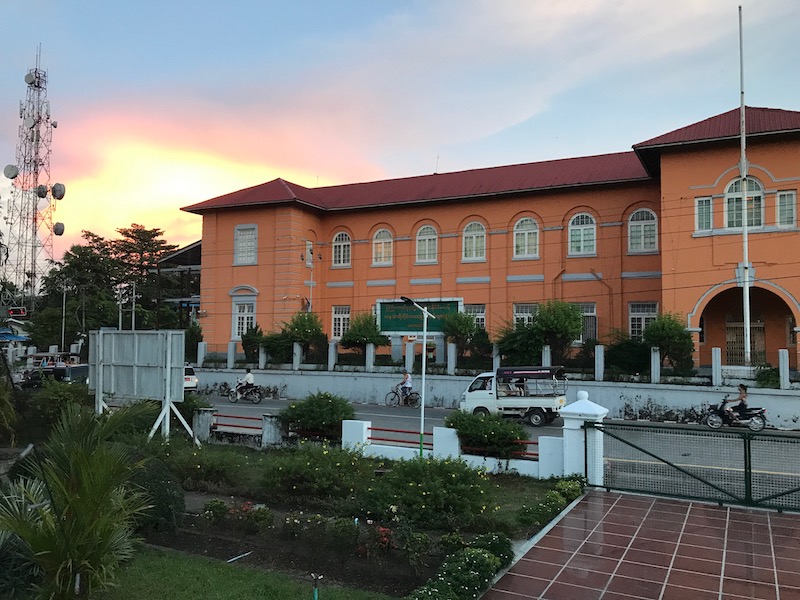

All that industry and development seems far away a short drive north at the sweeping San Maria bay and the rocky outcrop Myaw Yit pagoda. Further on, locally-popular Maungmagan beach gained its name as the place “where the emperor’s concubines bathed” from the visit of Alaungsithu 900 years ago, and in colonial times was the place for English to relax and drink tea. It remains an undeveloped, relaxed beach destination with shallow waters for swimming, and beachfront restaurants to watch the sunset while enjoying barbecued fish.
It is 230km through more plantation country to the next town. Markedly busier than Dawei, the port town of Myeik, formerly known as Mergui and established by the East India Trading Company in the 17th century, still has some colonial-era buildings on its back streets, but its orientation is towards the Andaman Sea. The Pearl Laguna Resort is a new waterfront option, though the Eain Taw Phyu hotel remains popular. Visitors can go out on boat trips to islands for snorkeling, and to see lobster and crab farms, pearl cultivation, and boat-building yards.
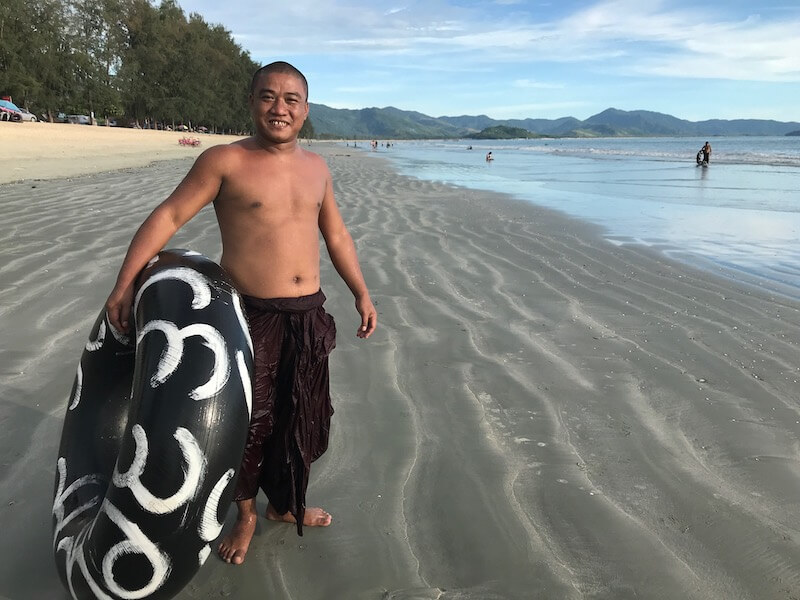
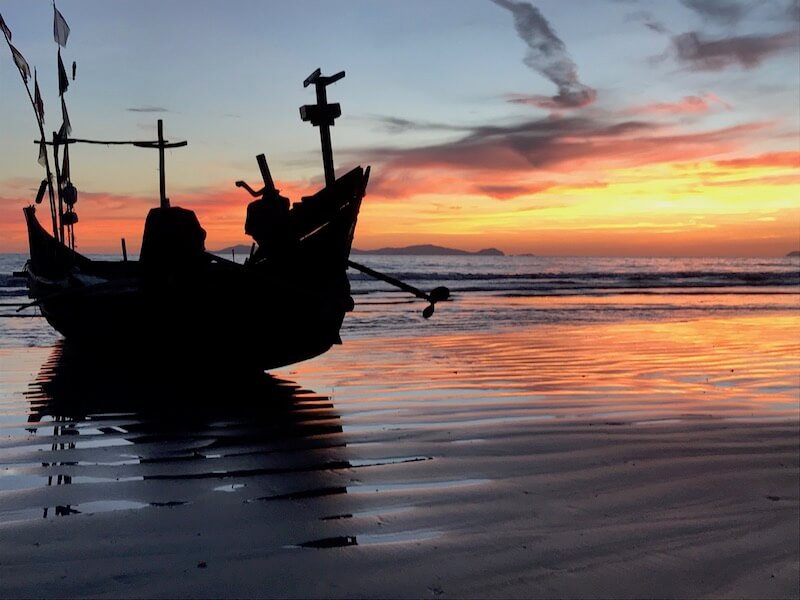
It is 8 to 12 hours by vehicle along a somewhat bumpy 444km-long road to the southern most town, Kawthaung – the unreliable boat service has been stopped, while flights (only on Wednesdays and Sundays) cost US$110 one-way. The reward for the long journey past never-ending palm oil plantations is the charming border town, within sight of Thailand with its 7-Eleven stores and reliable internet, and Kawthaung’s 4-star Victoria Cliff hotel.
Kawthaung is the gateway to the new tourist destination of Mergui Archipelago, possibly the last island paradise left. During the season, October to April, it is possible to island-hop aboard the Sea Gipsy, stay in rustic cabins on the secluded Boulder Bay Eco Resort on a remote island shaped just like Peter Pan’s Neverland, or escape to the ultimate luxury hideaway, and live in a tented villa in the region’s only marine national park at Wa Ale Island Resort.
With its lush countryside and jungle, small and large-scale fishing and farming, diverse ethnic mix, Thai influence, colonial legacy, and laidback beaches, exploring southern Myanmar will get you in touch with the richness of the region’s history — and everyday life. This is the Myanmar you never imagined, the real Myanmar that isn’t featured in tourist brochures. As the south opens up to the world, be among the first to venture into this fascinating and friendly region.
Keith Lyons is a travel writer from New Zealand with a decade-long obsession with Myanmar. He has contributed to The Best of Myanmar, edited and co-authored Opening Up Hidden Burma, and is currently working on a guide for Bagan, and coffee-table books about Inle Lake and Mergui.
Related: Karst country: A rundown of Myanmar’s coolest (and least-visited) caves by Keith Lyons
